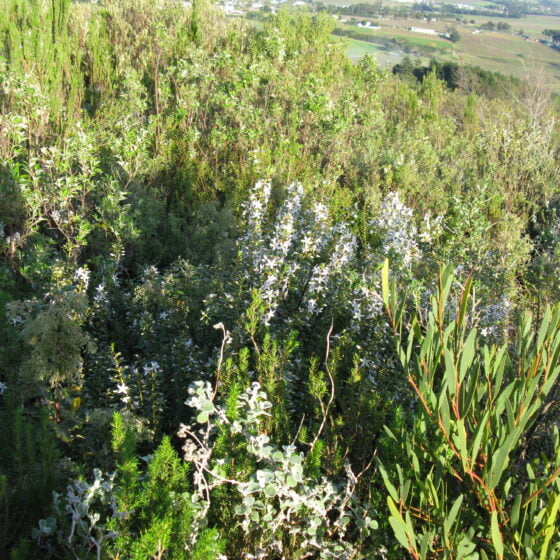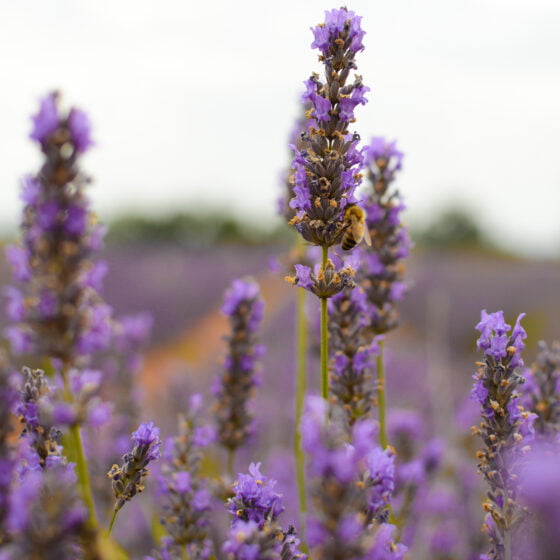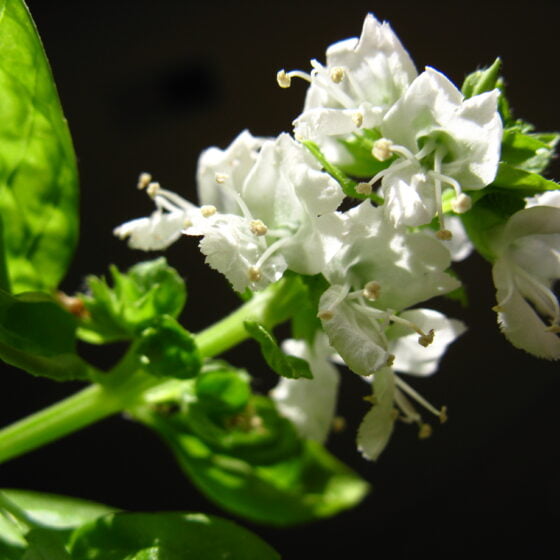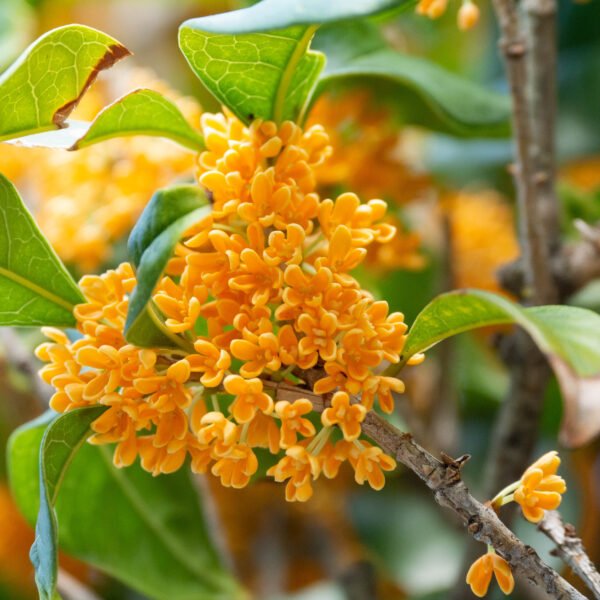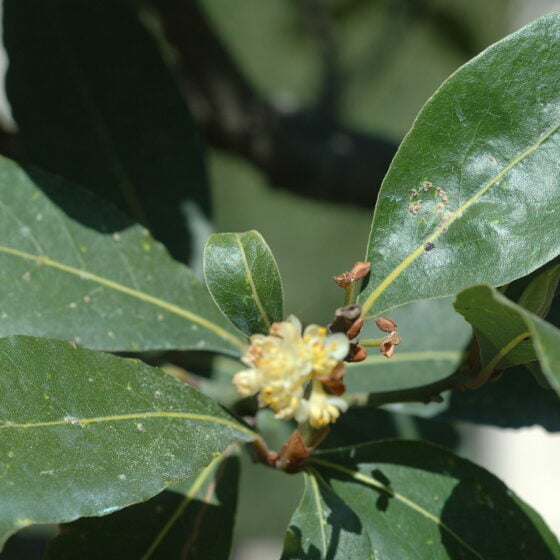
Thyme red ORGANIC Spain
Thymus zygis
General data
Harvest Calendar
- J
- F
- M
- A
- M
- J
- J
- A
- S
- O
- N
- D
Product details Our added value
In the highlands, where this plant grows very well, there is currently some land speculation for the installation of photovoltaic power plants. To maintain this activity while guaranteeing a fair income to the local actors of this supply chain and thus limiting the depopulation of rural areas, we have set up partnerships with local farmers who ensure the collection and distillation.
The organic certification on this product guarantees climate and environment protection, conservation of soil fertility, preservation of
biodiversity, respect of the natural cycles of the plants, and absence of use of chemical and synthetic products.
The farms are geo-referenced and we have full traceability. The organic certification guarantees transparent labelling for consumers
and traceability.
Fragrance side
Red thyme is distinguished by its characteristic scent of the garrigue. This aromatic fragrance can often be found at the heart of aromatic ferns, chypre and also in some men’s colognes.
Well-being side
Purifying
*The aromatherapy properties in this document are excerpted from reference books, scientific articles, or specialized websites and are provided to customer for its information and internal use only. Claims on a finished product remain the responsibility of the company making the finished product available on the market. About
Spanish red thyme is a species closely related to common thyme, with which it is often confused. This spreading subshrub has woody, branched stems covered with small aromatic leaves that are grayish-green with rolled edges and a downy underside. When in flower, the aerial parts are covered with a multitude of small white to pale-purple flowers. Red thyme grows wild on the moors of southeastern Spain. Harvesting takes place during flowering, from June to August. Manual collection of thyme sprigs is even more tedious than harvesting rosemary or aspic. The essential oil is distilled from the semi-dry flowering stems and has an agrestic, phenolic fragrance, characteristic of the thymol chemotype. The name “red” thyme comes from the color of the essential oil when distillation is done in copper stills. Today, being distilled in stainless-steel vats, the essential oil is clear.
Thyme, native to the Mediterranean, is one of the most famous herbs in Provencal cuisine. It is an ingredient in the culinary bouquet garni, along with the bay leaf and parsley. Dedicated to Venus in ancient times, thyme was believed to bring vital energy. In the Middle Ages, thyme flowers were embroidered on knights’ scarves as a symbol of virtue and courage. The bathing waters of knights and soldiers were also steeped with thyme to increase their bravery.
Our added value
In the highlands, where this plant grows very well, there is currently some land speculation for the installation of photovoltaic power plants. To maintain this activity while guaranteeing a fair income to the local actors of this supply chain and thus limiting the depopulation of rural areas, we have set up partnerships with local farmers who ensure the collection and distillation.
The organic certification on this product guarantees climate and environment protection, conservation of soil fertility, preservation of
biodiversity, respect of the natural cycles of the plants, and absence of use of chemical and synthetic products.
The farms are geo-referenced and we have full traceability. The organic certification guarantees transparent labelling for consumers
and traceability.
Fragrance side
Red thyme is distinguished by its characteristic scent of the garrigue. This aromatic fragrance can often be found at the heart of aromatic ferns, chypre and also in some men’s colognes.
Well-being side
Purifying
About
Spanish red thyme is a species closely related to common thyme, with which it is often confused. This spreading subshrub has woody, branched stems covered with small aromatic leaves that are grayish-green with rolled edges and a downy underside. When in flower, the aerial parts are covered with a multitude of small white to pale-purple flowers. Red thyme grows wild on the moors of southeastern Spain. Harvesting takes place during flowering, from June to August. Manual collection of thyme sprigs is even more tedious than harvesting rosemary or aspic. The essential oil is distilled from the semi-dry flowering stems and has an agrestic, phenolic fragrance, characteristic of the thymol chemotype. The name “red” thyme comes from the color of the essential oil when distillation is done in copper stills. Today, being distilled in stainless-steel vats, the essential oil is clear.
Thyme, native to the Mediterranean, is one of the most famous herbs in Provencal cuisine. It is an ingredient in the culinary bouquet garni, along with the bay leaf and parsley. Dedicated to Venus in ancient times, thyme was believed to bring vital energy. In the Middle Ages, thyme flowers were embroidered on knights’ scarves as a symbol of virtue and courage. The bathing waters of knights and soldiers were also steeped with thyme to increase their bravery.
Other type of extracts
(Aromatic)

